Gardening for the birds
By Kathy Kramer
2018 is Year of the Bird. Noreen Weeden, Volunteer Director at Golden Gate Bird Alliance said “A positive action you can take is to learn more about the connection between native plants and native birds.An even bigger step is to plant native plants in your yard, patio or balcony or join Golden Gate Bird Alliance in lending a hand in active habitat restoration at a local park.”
In The Chickadee’s Guide to Gardening, a charming New York Times Op Ed article, Douglas Tellamy wrote, “Chances are, you have never thought of your garden… as a wildlife preserve that represents the last chance we have for sustaining plants and animals that were once common throughout the U.S. But that is exactly the role our suburban landscapes are now playing and will play even more in the near future.
“What will it take to give our local animals what they need to survive and reproduce on our properties? NATIVE PLANTS, and lots of them.”
In fact, it takes 350 to 570 caterpillars every day for sixteen days for a pair of chickadees to raise a family, according to Tellemy! And it’s native plants that provide this kind of food source, while most non-natives do not.
Here in the Bay Area, we have an outstanding resource for people who want to create bird-friendly gardens—the annual Bringing Back the Natives Garden Tour.
Coming up on Sunday, May 6th, the tour will showcase a number of East Bay gardens that have excelled at attracting birds. This award-winning, self-guided tour features 37 beautiful Alameda and Contra Costa County gardens that are pesticide-free, water-conserving, provide habitat for wildlife, and contain sixty percent or more native plants.
Below are descriptions of some of the gardens that have been particularly successful at attracting birds, along with a tip from each host for attracting our winged friends.
Delia and John Taylor’s garden, Berkeley
Tip: Include a diversity of plant heights, from trees to shrubs, groundcovers, and vines.
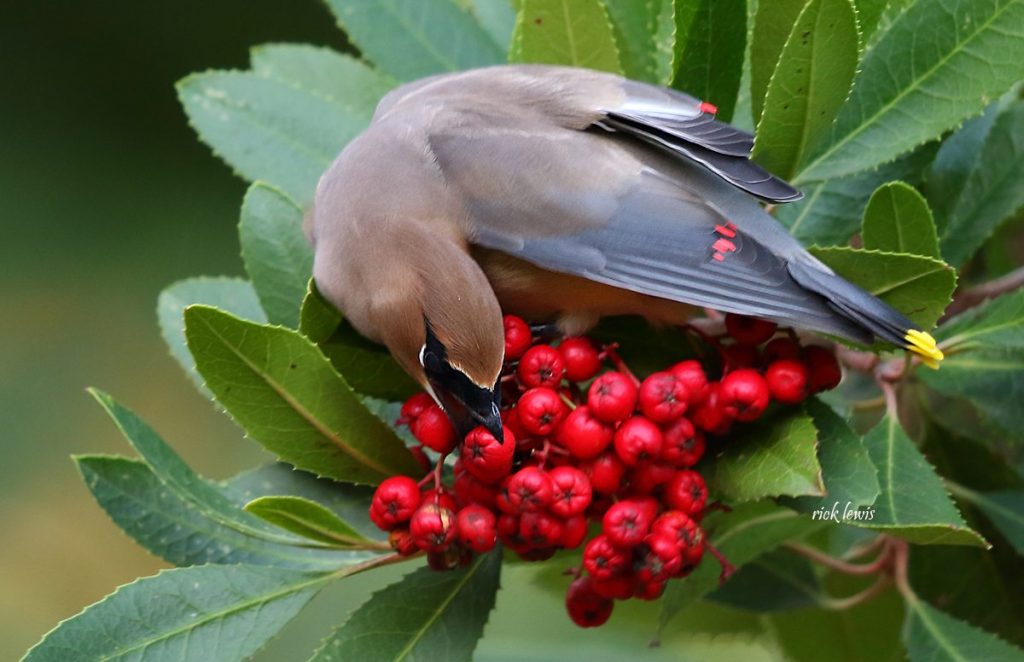
The coast live oaks, bays, and big leaf maple that were on-site and native to this area set the stage for the beautiful mostly-local native plant garden that Delia and John designed around them.
The local native plants in this garden attract numerous types of birds, including Western bluebirds, lesser and American goldfinches, golden- and white-crowned sparrows, dark-eyed juncos, Townsend’s, yellow-rumped, and orange-crowned warblers, cedar waxwings, hermit thrushes, ruby-crowned kinglets, wrentits, Bewick’s wrens, chestnut-backed chickadees, oak titmice, black phoebes, Anna’s and Allen’s hummingbirds, and Cooper’s hawks.
Glen Schneider’s garden, Berkeley
Tip: Garden with local native plants.
Berries, seeds, nuts, nectar, pollen, nesting areas, and shelter are amply provided, and there is no deadheading in this wildlife- and insect-friendly local native plant garden. More than ninety species of local native plants have attracted 46 species of birds, 12 species of butterflies, and over 200 species of insects and spiders to the garden.
Garden Talks: 11 a.m. and 2 p.m. “How to create a wildlife habitat garden using local native plants” by Glen Schneider
Sue Duckles and Cherie Donahue’s gardens, Berkeley
Tip: Shop for your plants at local native plant nurseries, and install plants that would have been on your site originally.
The marvelous restoration project sisters Sue and Cherie (who own adjoining properties) embarked on required removing the ivy that had invaded their parents’ original native garden, enshrouded the slope, and was strangling the majestic oaks and redwoods. These shady gardens have evolved with time; local natives are now reappearing on their own. Now, Sue and Cherie report that they can’t keep wildlife out—“If you plant it, they will come!” More than thirty species of birds have been seen in this wildlife-friendly garden.
Garden Talks: 1:00 and 2:00 “How to transform your garden from ivy and juniper to native plants” by Sue Duckles
Music in the Garden: Flute duets performed by Larry Duckles and Ben Borson: 11:30 to 12:30, and 2:30 to 3:30
Elizabeth O’Shea and Richard Howard’s garden, Orinda
Tip: Plant a diversity of native plants.
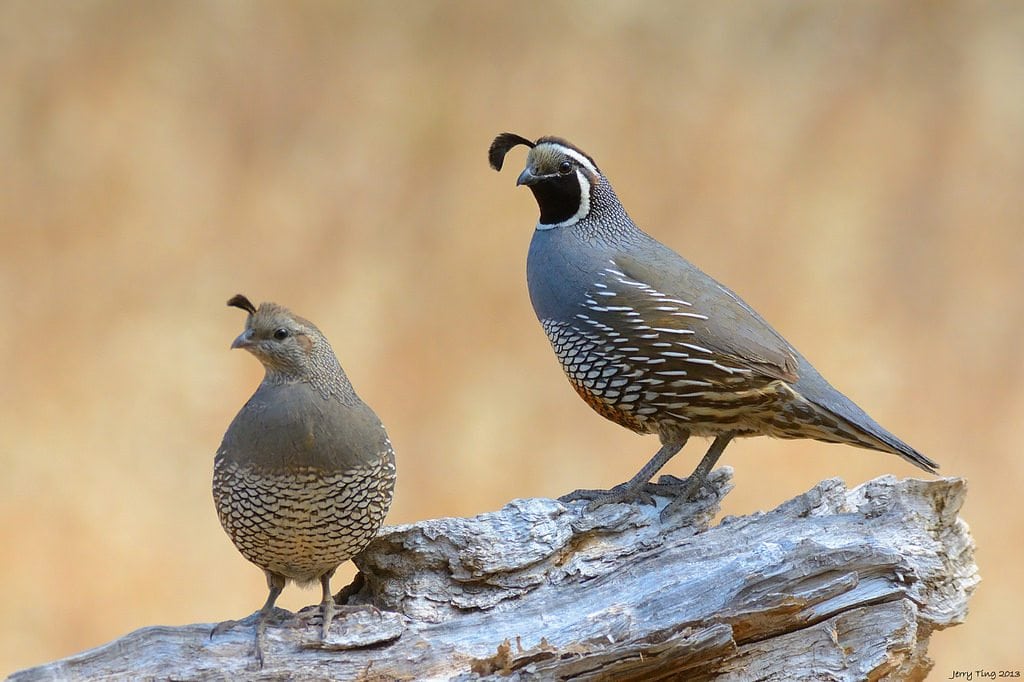
Forty species of birds, including quail, cedar waxwings, yellow-rumped warblers, acorn, downy, hairy, and Nuttall’s woodpeckers, and Cooper’s, red-shouldered, and red-tailed hawks, are frequently seen in or above the garden. Bluebirds and ash-throated flycatchers have used the nest boxes and acorn woodpeckers raised their young in a snag. Great horned owls swoop overhead. Bats flit by in the evening. A barn owl box waits hopefully for inhabitants.
Native Plants for Sale: Lost Valley Nursery will sell native shrubs, wildflowers, and perennials; checks and cash only.
Pat Rudebusch’s garden, Orinda
Tip: Provide water for wildlife, and keep your cat indoors.
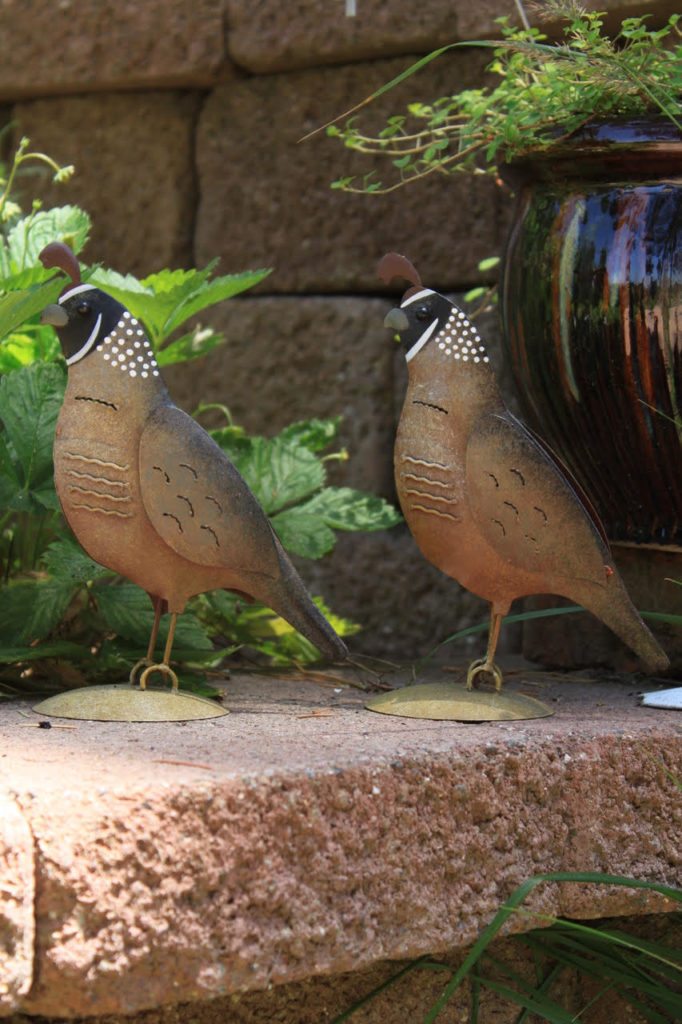
Quail parents and their chicks forage for seeds among the grasses in the front garden. Four species of woodpeckers, flickers, and many other types of birds are drawn by the water, seeds, and nectar provided in the garden, and the feeders (suet, mealworm, and Niger seed). In order to protect birds, the family cat is kept indoors. More than thirty species of birds have been seen in or above the garden. Juncos nest in the front yard and a Great Horned Owl lives in the back yard, calling to its friends in the evening.
Garden Talk: 12:00: How to garden for the birds and the bees, by Pat Rudebusch.
Al and Barbara Kyte’s garden, Moraga
Tip: Provide water and a wide variety of nesting sites, cover, and feeding options.
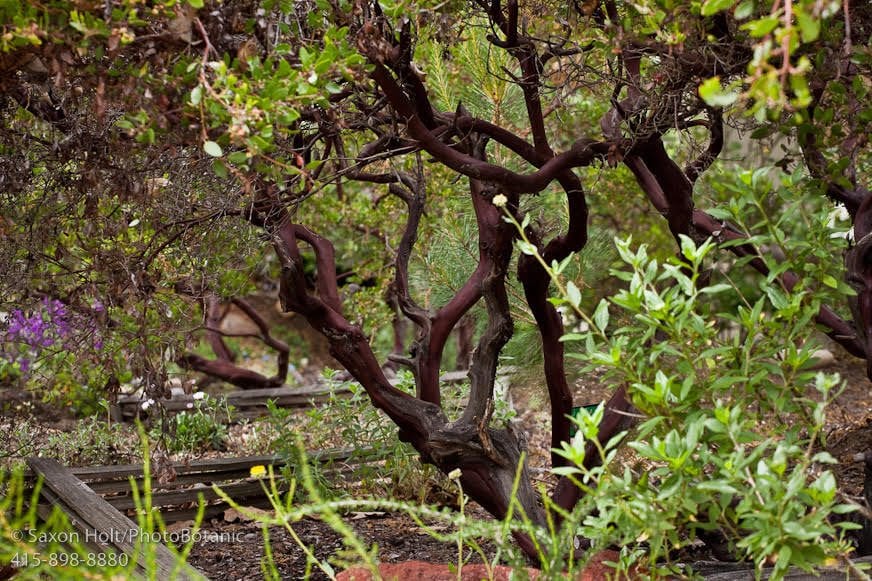
Bird baths and feeders, nesting houses, a shallow stream riffle, brush piles, dust bath areas, and abundant plant cover have attracted over 90 species of birds, including thrashers, tanagers, and Black-throated Gray Warblers. See Al’s Strategy For Attracting Birds for more information.
Garden Talks: 11:00 and 12:00 “Gardening for native bees” by Elsa Zisook
1:00 and 3:00 “Al’s best tips from forty five years of planting and growing California natives: a sit-down discussion” by Al Kyte
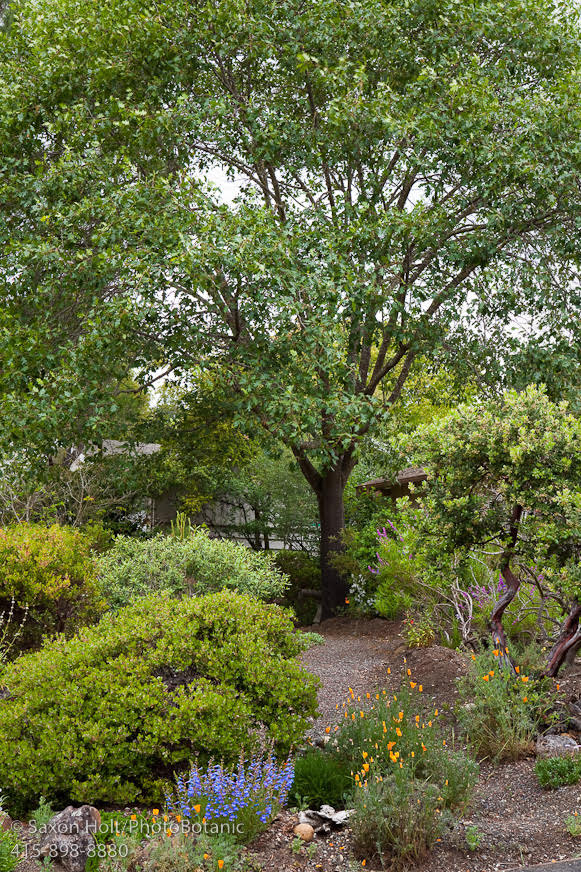
The fourteenth annual Bringing Back the Natives Garden Tour takes place on Sunday, May 6, 2018 from 10 a.m. until 5 p.m. Advance registration and the purchase of one $10 garden guide for your group is required; donations are requested. Artwork will be available for sale at 11 gardens. Music will be performed at 7 gardens. More than 50 talks will be given on the week-end of the Tour. Register at bringingbackthenatives.net.
Kathy Kramer, a Golden Gate Bird Alliance member, is founder of the Bringing Back the Natives garden tour.
